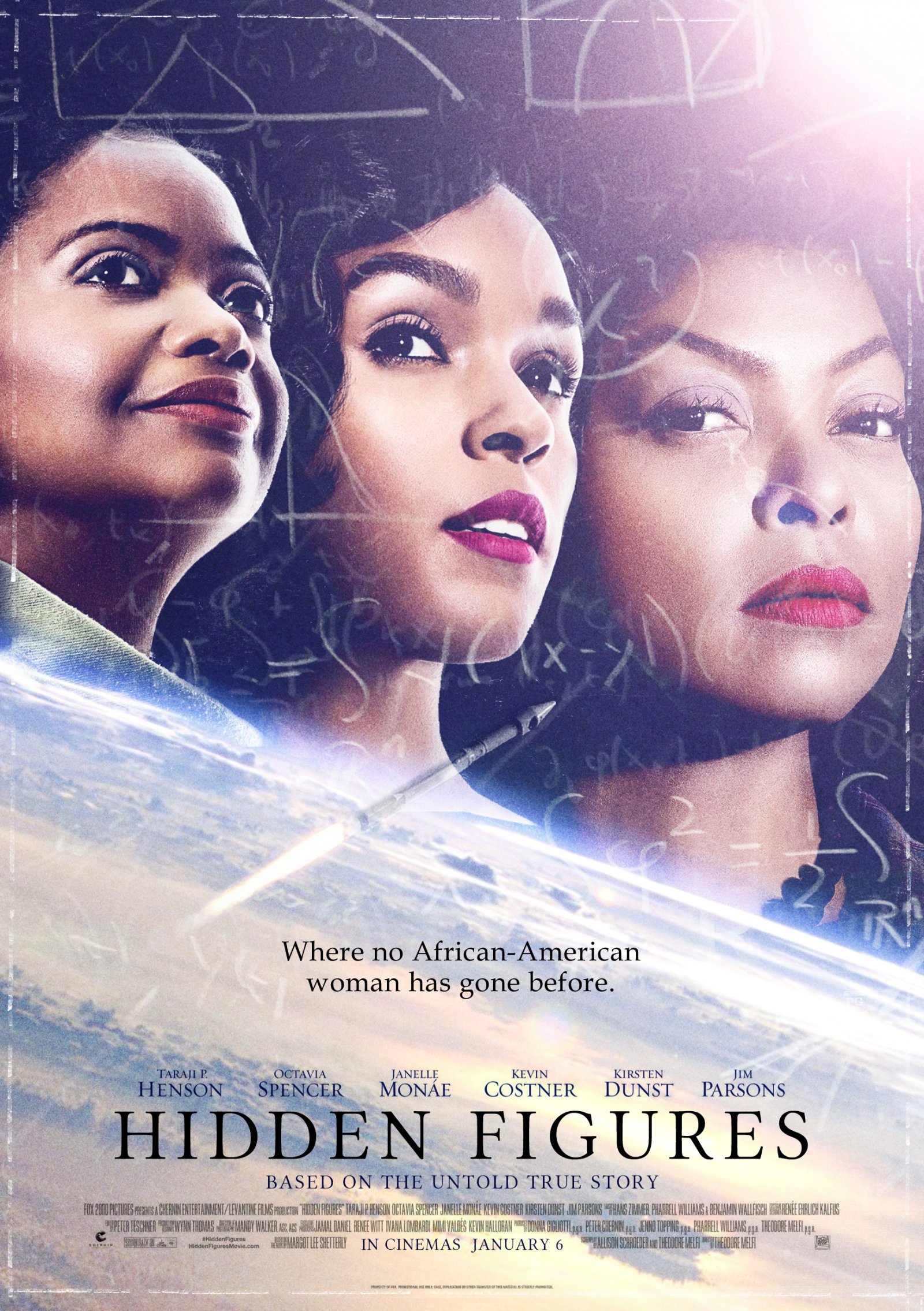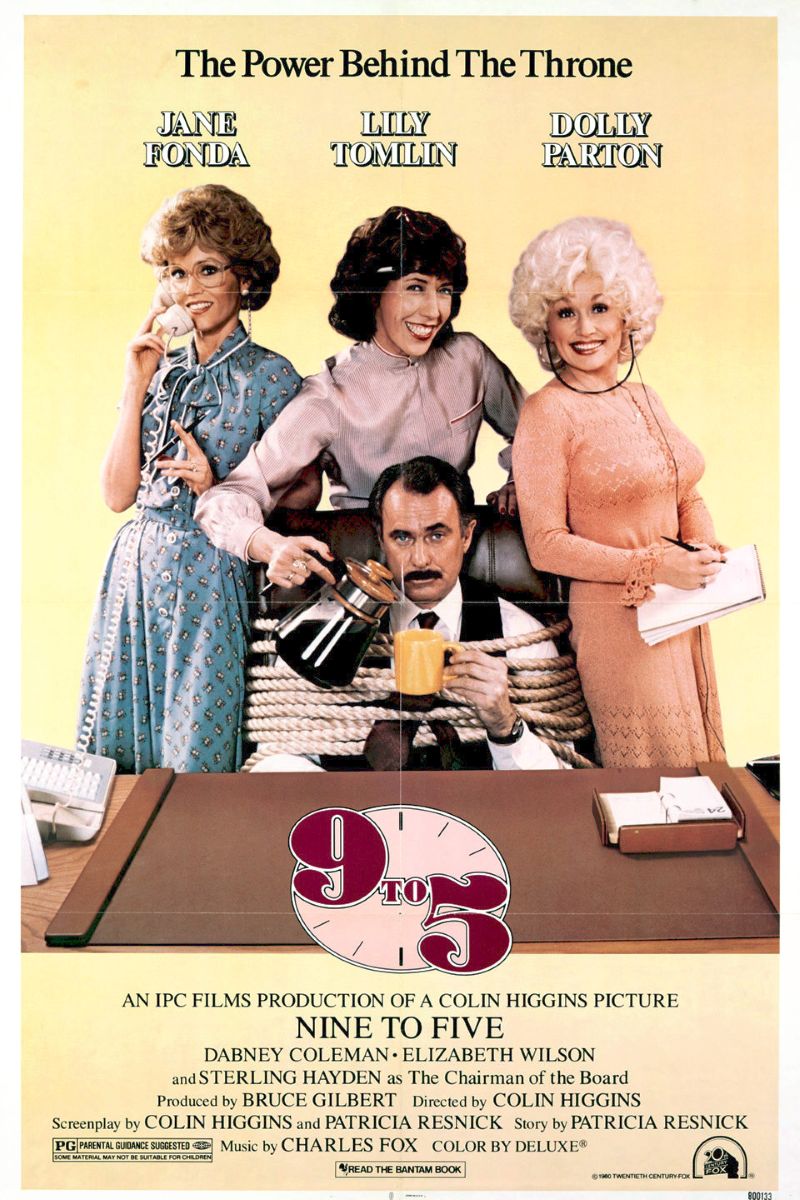
Hidden Figures
Hidden Figures
The true story of three African-American female mathematicians who played crucial roles in NASA's space race during the 1960s. They not only had to face racial discrimination but also overcome gender bias, ultimately making indelible contributions to America's aerospace program through their exceptional talents.
Cast
Related Topics
🎥 Film Analysis & Review
“Hidden Figures” is a landmark film that not only fills gaps in historical narrative but, more importantly, demonstrates the core issues of intersectional feminism—when racial discrimination intersects with gender discrimination, Black women face double or even multiple forms of oppression. This film, adapted from true events, reveals contributions long ignored by mainstream history through the stories of three exceptional women.
Intersectional Feminism in Action
The film masterfully illustrates how Katherine Johnson, Dorothy Vaughan, and Mary Jackson navigate multiple systems of oppression simultaneously. As Black women in 1960s America, they face barriers that white women or Black men might not experience in the same way.
Katherine’s struggle to access a bathroom in her building because “colored” facilities are located in another building half a mile away exemplifies how racism and sexism compound each other. The famous scene where she explains to her supervisor why she disappears for 40 minutes multiple times a day becomes a powerful moment of truth-telling about institutional barriers.
The Mathematics of Resistance
Each woman represents a different form of resistance within oppressive systems:
Katherine Johnson (Taraji P. Henson) embodies intellectual excellence as resistance. Her mathematical genius becomes undeniable, forcing NASA to confront their prejudices when they need her calculations for John Glenn’s mission. Her refusal to be diminished by others’ limitations of her demonstrates how competence can be a form of activism.
Dorothy Vaughan (Octavia Spencer) represents strategic leadership and community uplift. Recognizing that IBM computers will replace human “computers,” she teaches herself and her team FORTRAN programming, ensuring their continued relevance and employment. Her leadership style emphasizes collective advancement rather than individual success.
Mary Jackson (Janelle Monáe) embodies direct confrontation with institutional barriers. Her fight to attend graduate classes at an all-white high school, which requires petitioning a judge, demonstrates the legal and educational battles necessary for professional advancement.
Historical Context and Significance
The film is set during the height of both the Civil Rights Movement and the Space Race, two defining aspects of 1960s America. This timing is crucial—while the nation competed with the Soviet Union to demonstrate technological superiority, it simultaneously denied basic rights to many of its own citizens.
The irony is not lost that America’s quest to reach the stars depended on the brilliance of women who were denied equal access to education, employment, and even public facilities. The film reveals how national achievements often rely on the contributions of marginalized communities whose labor and genius remain unrecognized.
Challenging Stereotypes and Narratives
“Hidden Figures” challenges multiple stereotypes simultaneously:
- The myth of white male genius in STEM fields by centering Black women’s intellectual contributions
- The narrative of scientific progress as apolitical by showing how discrimination impedes innovation
- The stereotype of the “angry Black woman” by presenting complex, fully realized characters who express emotion and resistance in varied ways
- The historical invisibility of women of color by making their stories central rather than peripheral
Educational and Professional Barriers
The film depicts various systemic barriers these women faced:
Educational Access: Mary’s fight to attend graduate school highlights how legal segregation limited professional development opportunities for Black women, requiring extraordinary legal challenges for basic educational access.
Professional Recognition: Despite their crucial contributions, the women initially lack formal recognition or appropriate compensation for their expertise, reflecting broader patterns of undervaluing women’s and minorities’ work.
Workplace Segregation: The physical separation of facilities, from bathrooms to coffee pots, creates daily reminders of second-class citizenship that impede productivity and dignify.
The Power of Mentorship and Community
The film emphasizes how the three women support each other through challenges, creating a network of mutual aid and encouragement. This sisterhood becomes essential for navigating hostile environments and maintaining resilience.
Dorothy’s decision to teach her team programming skills demonstrates how individual advancement can be leveraged for community benefit, a principle central to Black feminist thought and practice.
Contemporary Relevance
While set in the 1960s, the film addresses issues that remain relevant today:
STEM Diversity: Current discussions about women and minorities in science, technology, engineering, and mathematics echo the barriers depicted in the film.
Pay Equity: The struggle for equal compensation for equal work remains an ongoing issue, particularly for women of color who continue to face significant wage gaps.
Workplace Inclusion: Contemporary conversations about inclusive work environments and microaggressions reflect the same fundamental issues the film portrays.
Educational Opportunity: Debates about access to quality education and resources for marginalized communities continue to reflect the systemic barriers the film depicts.
Criticism and Limitations
Some critics argue that the film’s focus on individual triumph may obscure the need for systemic change, potentially suggesting that exceptional talent and determination alone can overcome structural barriers.
Others note that the film’s mainstream appeal may come at the cost of more radical critique of institutional racism and sexism, presenting a more palatable version of resistance that doesn’t challenge fundamental power structures.
Cultural Impact and Legacy
“Hidden Figures” achieved both critical acclaim and commercial success, demonstrating that stories centered on women of color can resonate with broad audiences. The film’s success opened doors for more diverse storytelling in Hollywood and brought overdue recognition to the real women it portrays.
The film has been used in educational settings to teach both history and STEM subjects, inspiring young women and students of color to pursue careers in mathematics and science.
Conclusion
“Hidden Figures” succeeds in making visible the previously invisible contributions of Black women to American history and scientific advancement. By centering their experiences and achievements, the film challenges audiences to reconsider assumptions about who contributes to national progress and whose stories deserve to be told.
The film’s lasting contribution lies in its demonstration that diversity and inclusion are not merely moral imperatives but practical necessities for innovation and excellence. It shows how much society loses when systemic barriers prevent talented individuals from contributing their full potential.
Through its portrayal of Katherine Johnson, Dorothy Vaughan, and Mary Jackson, “Hidden Figures” creates space for more complex and complete historical narratives while inspiring contemporary audiences to continue working toward a more equitable and inclusive society.
🏆 Awards & Recognition
- • 89th Academy Award Best Picture Nomination
- • 74th Golden Globe Best Supporting Actress Nomination
- • Screen Actors Guild Award for Outstanding Performance by a Cast
⭐ Ratings & Links
Related Recommendations
讨论区
分享您的想法和观点
加入讨论
分享您的想法和观点
加载评论中...

